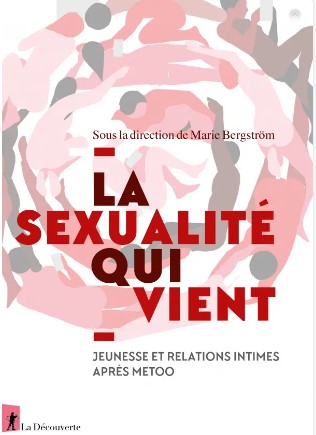SHARE: The 10th wave fieldwork was completed in May with a total of 3,222 interviews conducted. Two-thirds of these interviews were conducted with the longitudinal population and one-third with new respondents. The response rate was 59% among households that had already participated in SHARE at least once in the past, and as high as 70% among those who had participated in wave 9, which is in line with the goal of panel retention in order to be able to track individual changes over time. The interim results of wave 10 were discussed at a meeting of all country teams in Athens (7-9 May). Preparatory work for the upcoming wave 11 has also begun, with a partial overhaul of the questionnaire content. Members of the SHARE-France team presented research on healthcare use and telemedicine or methodological work at several scientific events. The end of the partnership agreement with the CNSA led to the delivery of two final outputs: a review of the SHARE literature on loss of autonomy and empirical work on the transposition of the ICOPE functional health approach to SHARE data.
Erfi2 -GGP: Analysis of the survey results is ongoing. A letter containing initial results was sent at the end of January to those who agreed to be contacted again for the second wave. A draft article for the general public on changes in fertility intentions was submitted to the journal Population et Sociétés in early May. A meeting of the working group in mid-May provided an opportunity to present the progress made by several groups. The international file was made available to researchers on the GGP website in June, less than a year after the collection was completed. The agreement with INSEE, CASD and DGFIP concerning the matching of survey data with tax and employment databases (common to the ERFI2 and FamEmp surveys) is currently being signed.
Guide - EUROCOHORT: The annual GUIDE Coordinate meeting was held in Zagreb in March 2025, with all partners in attendance. It provided an opportunity to take stock of the project following the pilot surveys (2023) and to discuss the major deadlines ahead. The survey of 8-year-olds is scheduled for 2028, and the survey of the newborn cohort for 2030. The Guide-Ined scientific team presented the survey to the CNIS Demography and Social Issues Committee in June 2025, and gave a joint presentation with the GGP team at a special session of the Progedo Scientific Council in May. At the European level, three scientific groups have been set up and meet regularly (on the questionnaire, sampling and data cycle) to prepare the survey on 8-year-olds. The French team is very involved.
FamEmp: Data from the individual section (n=41,233) was made available to the survey’s working group, which brings together 76 researchers and engineers working on 69 research projects. Meetings were held to present initial findings and discuss how to take trends into account in the analyses. The group’s work will be published in a collection of thematic fact sheets presenting initial descriptive results and in a collective work. A newsletter was sent to respondents in wave 1, with initial results and a questionnaire enabling them to update their contact details. The collection of data for the Employers component was completed at the end of 2024 with a participation rate of 67% and nearly 9,000 questionnaires collected from the employers of participants in the Individuals component. The data from this second component will be made available to the analysis group in July. Finally, preparations for wave 2 of the survey (2027) are continuing. The CCTP for the collection of the Individuals section has been published, with bids from candidates expected in June. The questionnaire for wave 2 will be presented to the survey’s Scientific Council in July.
Fertility and reproductive health: The survey will be conducted with INSEE in 2028 in Martinique, Guadeloupe, French Guiana and Réunion. The sampling method (individuals), sample size (between 8,000 and 10,000), multimodal data collection (web, telephone, face-to-face) and survey duration (between 45 and 60 minutes) were discussed with INSEE. The survey design group (G-Co) defined the various themes and, in small groups, began designing the 10 associated modules. Three field missions were carried out to meet with partners and conduct initial exploratory interviews: in Martinique in January, Réunion in February and French Guiana in April. An ANR (national research programme), led by Valentine Becquet and involving members of the G-Co and local partners from the various DROMs, was submitted and selected.
Families: Some households were invited to respond to the Families survey following their response to the census conducted in the first quarter of 2025, using the same response method (paper or online). The online survey response portal was closed on 25 March. The collection ended with a response rate of 58% for the online collection and a gross collection rate of 42% for the paper collection, but a sub-sample of non-respondents to the online collection is still being surveyed by telephone by the service provider BVA since 23 April 2025. This telephone survey is expected to be completed this summer. A call for proposals for qualitative post-surveys has been launched. The projects have been selected and fieldwork can begin in September.
The SHARE, GGP-Erfi 2 and GUIDE surveys were the subject of five presentations at the second edition of the Day on Major International Surveys organised on 26 March by ProgedoIR*, in partnership with the High Council for Family, Children and Ageing, Paris Dauphine University – PSL (LEDa), Sciences Po (CDSP) and the University of Grenoble Alpes (PACTE).
|

